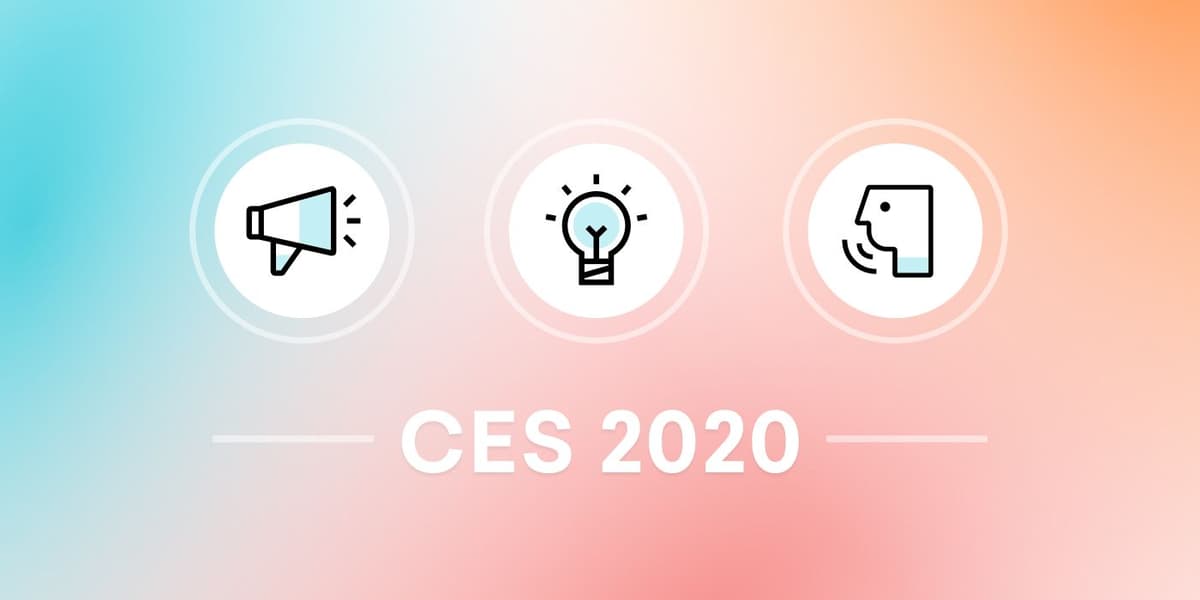Where Marketing Is Going: Braze CEO Bill Magnuson on Evolving Your Approach to Customer Data
Published on January 08, 2020/Last edited on January 08, 2020/4 min read


Tiffany Duncan
Marketing Department Coordinator, BrazeYou Don’t Need More Data—You Need to Be Smarter About the Data You Have
The rise of mobile has made it possible for brands today to collect more data on their customers than ever before, but that hasn’t necessarily translated into smarter marketing. In fact, more than half of that data currently goes unused. Given that, the question becomes, as Magnuson said, “Given all the customer touch points that you have, what data could you have access to?”
Rather than trying to pile up all the data you’ve amassed, organizations will likely be better off if they focus on continuing to innovate how they segment and analyze the data at their disposal—especially first-party data. This type of data, which is shared directly by customers with the brands they patronize, enables marketers to “control the data environment” more effectively and collect information that’s highly likely to be valuable to marketing campaigns.
Consent is Key—Especially in Today’s Post-GDPR World
The passage of Europe’s General Data Protection Regulation (GDPR) and the California Consumer Privacy Act (CCPA) have reshaped the data privacy landscape for businesses across worldwide, strengthening consumer protections and raising new challenges for marketers. These laws prize consumer consent when it comes to gathering information on individual consumers, which makes it more important than ever for brands to ensure that the experiences they’re providing with that data are resulting in tangible value for customers.
That said, it isn’t necessary to know every single little detail about an individual consumer to serve them effectively. As Magnuson noted, “your customers are interacting with your products and services, and [when they do that] they’re revealing a lot of preferences. They’re revealing a lot about themselves and you don’t need to actually know who the individual is in order to know how to personalize things that are valuable to them.” That knowledge is a gift, making it possible to provide the kind of relevant, personalized experiences that customers respond to. But brands that don’t handle that data thoughtfully—whether that’s selling it to third-parties, failing to secure it effectively, or using it for purposes that frustrate or annoy the customers who shared it—are running the risk that they’ll alienate their audience and make future data collection more difficult.
The Future is Streaming: How Data Streaming Supports a More Effective Tech Stack
As partnerships between marketing and IT increase, we’re seeing modern marketing, growth, and engagement teams equip themselves with multiple martech solutions in order to more effectively understand, reach, and engage their audiences more effectively. But making the most of the data at your disposal involves more than just lumping together different technologies. Magnuson said that, in order to deliver “high quality customer experience[s],” brands need their “whole technology ecosystem to be working together and they need to be able to act on insights interactively.” To make that possible, it’s important for brands to ensure that their technology ecosystem is able to stream data between systems in the moment, supporting real time, responsive engagement.
Data streaming allows for the “convergence of not just the clouds [such as Amazon Web Services, Google Cloud, etc.] and the data service,” Magnuson noted, but also real-time connections “the content recommendation, the personalization tools, the literal product experience that people are having on your website, mobile app, etc.” A marketing team that has a flexible technology stack built on data streaming is one that is prepared to adapt to the ever-changing expectations of their consumers.

Final Thoughts
Given today’s fast-evolving landscape, how should marketers plan for the future when it comes to customer data? Magnuson challenged organization to “evolve your business, do it urgently, and get it to a point where it doesn’t matter what happens with cookies” and other legacy data collection factors.
Ultimately, the difference between true marketing leaders and brands who lag behind when it comes to innovation comes down to their ability to quickly react to changes in consumer and market behavior. Given that, thoughtful marketing, growth, and engagement teams will want to assess their tech stacks and evaluate how the technologies they use can support their larger business goals.
To learn more about what’s possible with today’s best-in-class marketing technology stacks, check out our martech stack overview.
Be Absolutely Engaging.™
Sign up for regular updates from Braze.
Related Content
View the Blog
The new inbox reality: How iOS changes are reshaping email marketing

Aparna Prasad

Experience optimization: Turning data insights into better journeys

Team Braze

December 2025 Bonfire Marketer of the Month: Jagex’s Emma Oliver
